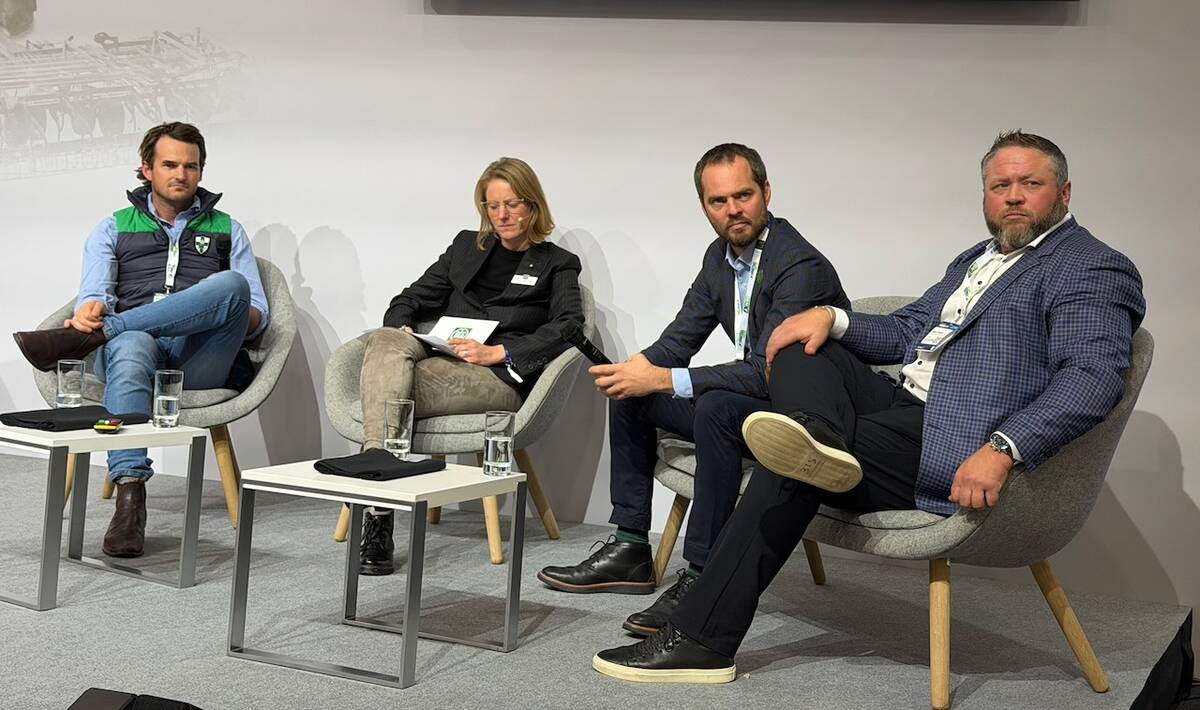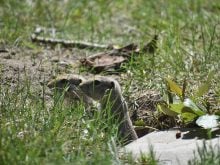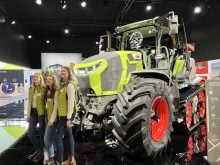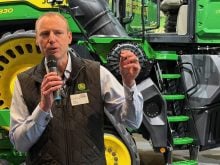Fifteen new base stations | Farmers in the coverage area can conduct precise RTK seeding, spraying and ditch drainage on Can-Net system
The recent addition of 15 Can-Net base stations brings the total to 265 towers.
As a result, the company is now providing full RTK VRS (visual reference station) to nearly all arable prairie areas.
The coverage area has access to one centimetre horizontal accuracy and two cm vertical accuracy, says David Janssen, development manager for Can-Net.
While there are no longer any holes in the company’s prairie blanket, a few rough edges do remain around the perimeter, which will eventually be remedied by additional base stations.
Read Also

Agritechnica Day 2: The future of tractor power, building quicker crop apps and large farms and tech
Agritechnica Day 2: The future of tractor power, building quicker crop apps with Syngenta and large farms and tech
The enhanced service means every farmer in the designated area can do precise RTK seeding, spraying and drainage ditching, but only by subscribing to the Can-Net system.
“You can have fields hundreds of miles apart and still have the same RTK coverage you have at the home farm, at no extra cost,” said Janssen.
“A lot of our clients are custom sprayers, so they move around a lot from one tower to the next. It’s especially convenient for aerial applicators because they cover an even larger range. Just look at the map. If you’re in the pink area, you can have full RTK VRS.”
Janssen said the 265 prairie base stations feed their real time data to a central computer in Calgary through the internet. The data is processed into positioning information, accessed by Can-Net subscribers 24 hours a day, seven days a week.
The system depends on a grid of reference stations that connect to the Calgary control centre. The stations are located at intervals of 50 to 60 kilometres, both north-south and east-west.
Janssen said a major benefit for producers is they no longer are tied to local base stations. Set-up time is reduced to zero.
According to a Trimble report published last year, a broccoli farmer in Ontario was able to cultivate to within one inch of the high-value broccoli plants while traveling at six m.p.h., using the Trimble Can-Net VRS, which is the same system now available to prairie farmers.
Rather than receiving RTK corrections from the farm’s base station via UHF radio, Kenny Forth’s tractors now use cellular technology to connect to the internet and receive RTK data from the real-time network.
He uses the Trimble Autopilot with GLONASS on both tractors and keeps a GPS-based lightbar on hand as a backup.
Eastern Canada has traditionally been better served with such systems because of the close proximity of relatively small farms.
Janssen said the same highly accurate signals that eastern farmers have enjoyed for years are now available to prairie producers. However, accessing the latest technology means buying the latest hardware and software.
“Now that our network is complete, most of our base stations are located at CNH or Trimble dealers because our system uses a Trimble VRS3Net,” he said.
“The other towers are grain companies or individual farmers. But channels are exclusive to Trimble and Case. No John Deere dealers.”
To subscribe, a producer goes to the nearest CHN or Trimble dealer, where he will upgrade the codes and get a new DCM-300 modem. It gives farmers access to RTK and VRS and handles the wireless interaction between the farmer’s rover and the central computer in Calgary.
The subscription rate is $1,500 per year for the first subscription and $1,000 per year for each subsequent machine.
For more information, contact Janssen at 403-690-6707 or visit www.can-net.ca.
















